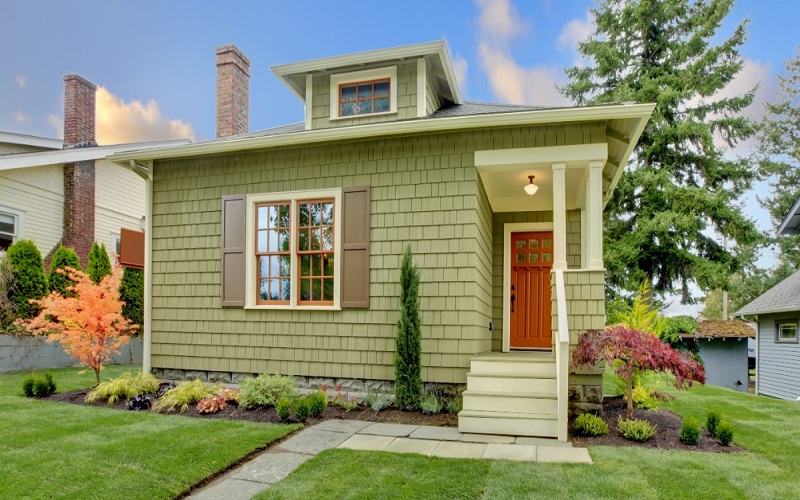When it comes to protecting your home or building from water damage, one of the most critical components is the waterproofing membrane. This essential layer acts as a barrier, preventing water infiltration and ensuring the structural integrity of your property. However, with a variety of options available, choosing the right waterproofing membrane can be daunting. In this guide, we’ll explore the importance of waterproofing membranes and delve into five types and their uses, helping you make an informed decision for your project.
| IN THIS ARTICLE
Importance of Waterproofing Membrane 5 Types & Uses of Each Waterproofing Membrane 4. PVC Membrane |
Importance of Waterproofing Membrane
The importance of a waterproofing membrane cannot be overstated. Without proper waterproofing, buildings are vulnerable to water damage, which can lead to costly repairs, mold growth, and structural deterioration. Waterproofing membranes provide an effective solution to this problem by creating a seamless barrier that prevents water from penetrating the building envelope. Also, when it comes to waterproofing membranes the process has become a bit easier with the information available on the net through waterproofing guides and waterproofing calculators. So whether it’s a residential home, commercial building, or industrial facility, investing in quality waterproofing membranes is essential for long-term protection and peace of mind.
5 Types & Uses of Each Waterproofing Membrane
1. Bituminous Membrane
Bituminous membranes are a popular choice for below-grade applications, such as basements and foundations, due to their exceptional durability and water resistance. Composed of asphalt or coal tar pitch, these membranes are typically applied in multiple layers to create a robust barrier against water infiltration. Whether torch-applied, self-adhered, or cold-applied, bituminous membranes offer reliable protection against groundwater and moisture, making them an ideal solution for areas with high water table levels or frequent water exposure.
2. Polyurethane Membrane
Polyurethane membranes are versatile liquid-applied systems that form a seamless, flexible barrier when cured. Widely used in roofing applications, balconies, and concrete structures, these membranes provide excellent adhesion to various substrates and superior UV resistance. Their flexibility and durability make them suitable for both residential and commercial projects, offering long-lasting protection against water intrusion and weathering.
3. EPDM Membrane
EPDM (Ethylene Propylene Diene Monomer) membranes are synthetic rubber membranes commonly employed in flat roofing systems. Known for their durability, UV resistance, and flexibility, EPDM membranes are suitable for a wide range of applications. Available in large sheets to minimize seams and potential leakage points, these membranes can be fully adhered, mechanically fastened, or ballasted during installation. Their versatility and reliability make them a popular choice for roofing projects in both residential and commercial settings.
4. PVC Membrane
PVC (Polyvinyl Chloride) membranes are thermoplastic membranes prized for their excellent waterproofing properties and chemical resistance. Widely used in roofing applications, PVC membranes offer durability, flexibility, and ease of installation. With a variety of colours and thicknesses available, PVC membranes can be customized to enhance the aesthetic appeal of the roofing system while providing reliable protection against water infiltration and environmental elements.
5. Cementitious Membrane
Cementitious membranes, composed of cement, sand, and polymers, are applied as a slurry or brush-on coating for waterproofing concrete structures. Ideal for interior and exterior applications, such as basements, retaining walls, and swimming pools, these membranes provide excellent adhesion to concrete substrates and withstand hydrostatic pressure. Their versatility and ability to resist water penetration make them a trusted choice for waterproofing projects in various environments, ensuring long-term protection and structural integrity.
By understanding the characteristics and uses of each membrane type, you can make an informed decision that meets the needs of your project. Additionally, utilizing resources such as waterproofing guides and waterproofing calculators can aid in the decision-making process, helping you select the most suitable membrane for your project’s requirements. Ultimately, investing in quality waterproofing membranes is an essential investment in the protection and preservation of your property for years to come.

